The Rise of the Data Engineer
Maxime Beauchemin
JANUARY 20, 2017
Like data scientists, data engineers write code. There’s a multitude of reasons why complex pieces of software are not developed using drag and drop tools: it’s that ultimately code is the best abstraction there is for software. blobs: modern databases have a growing support for blobs through native types and functions.






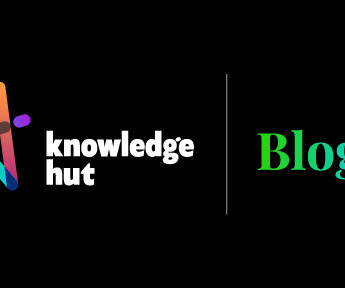



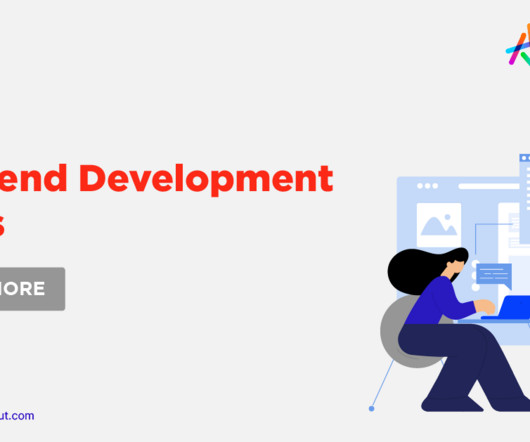
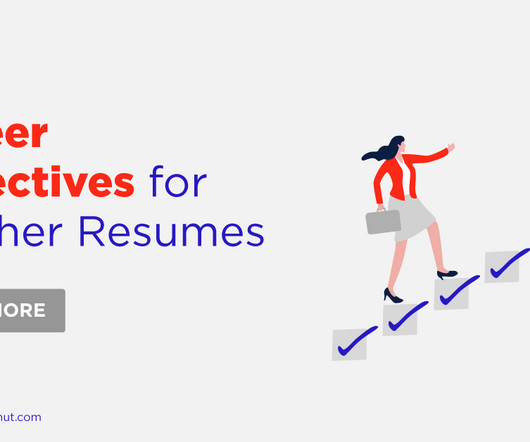

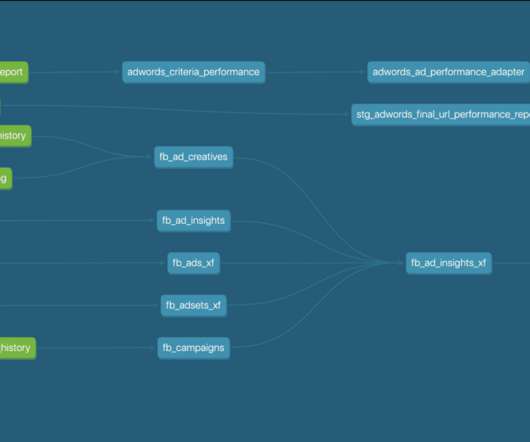


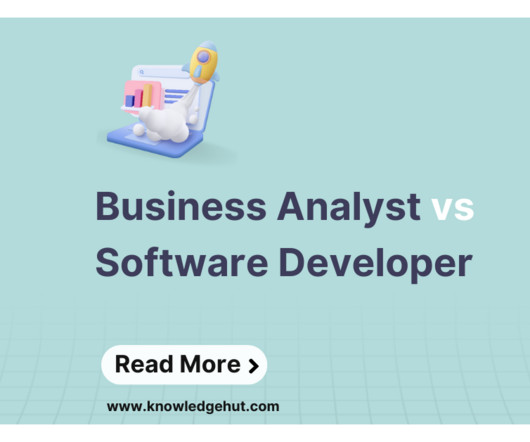







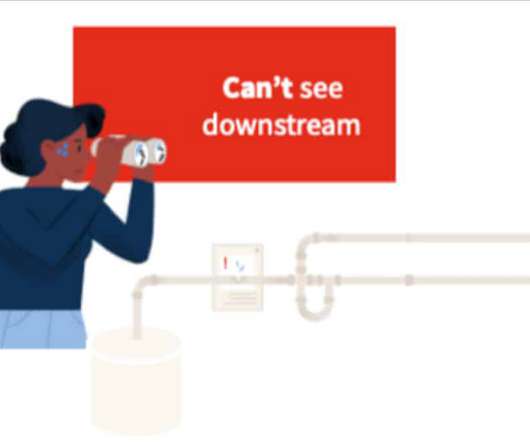
















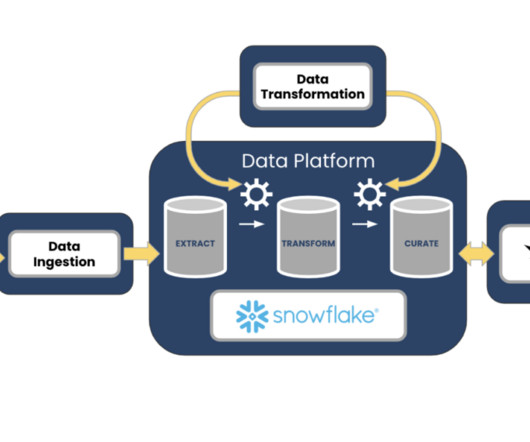








Let's personalize your content